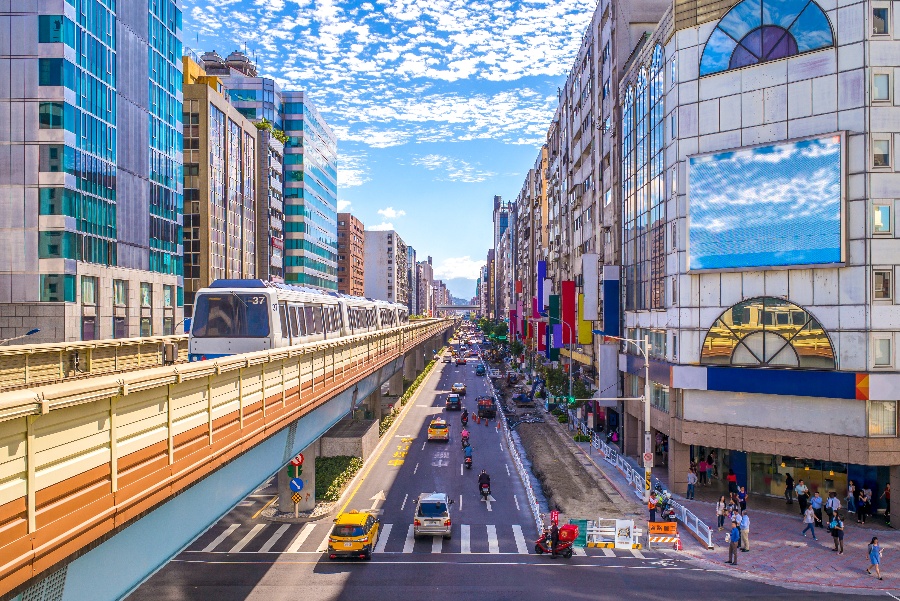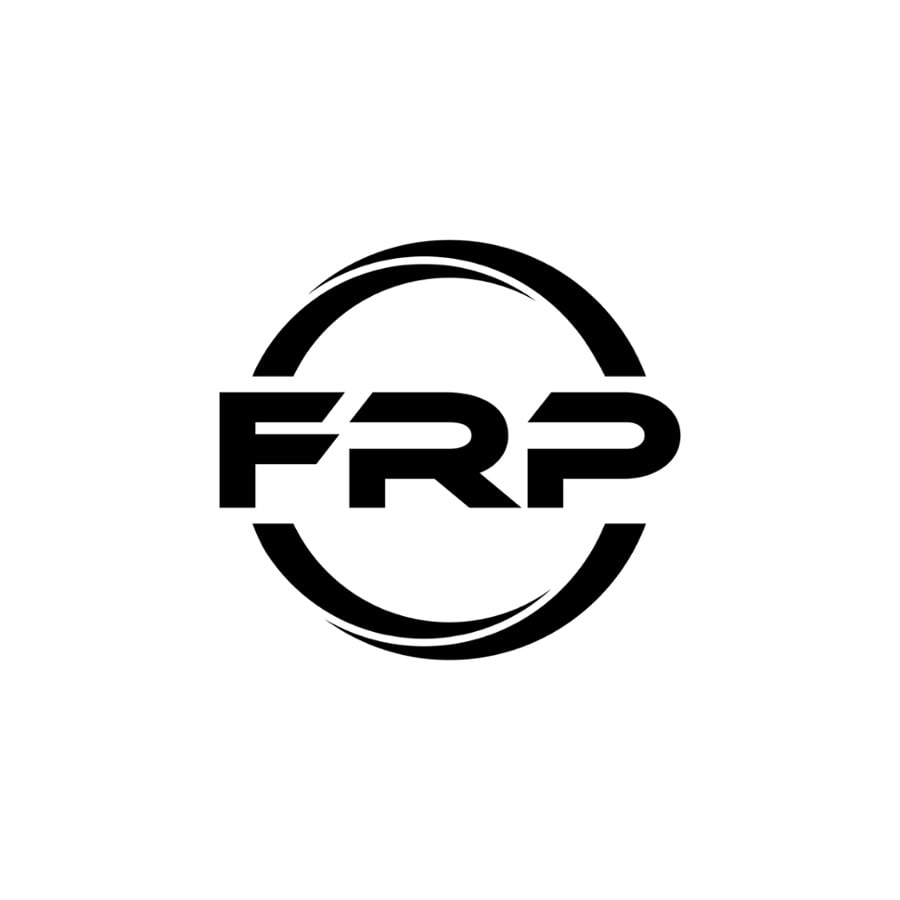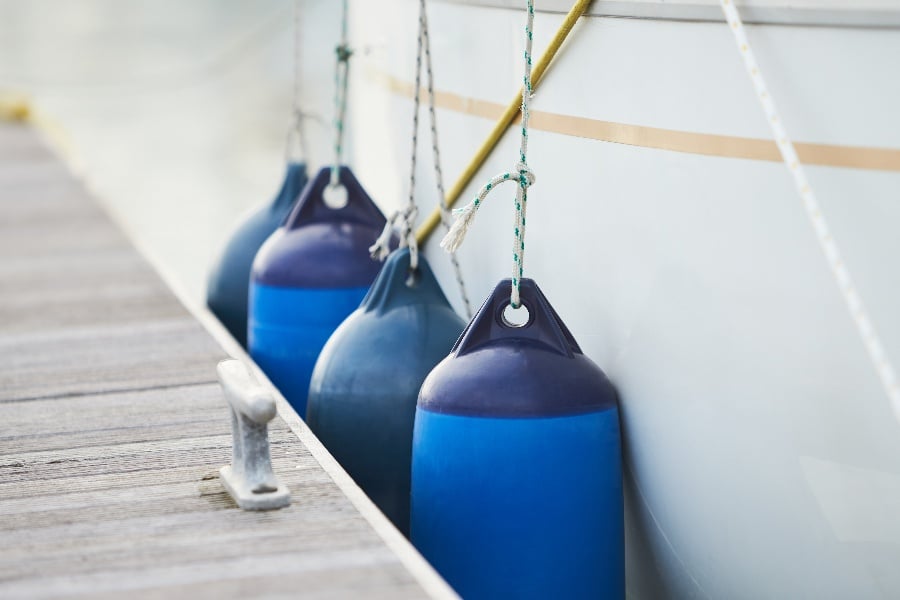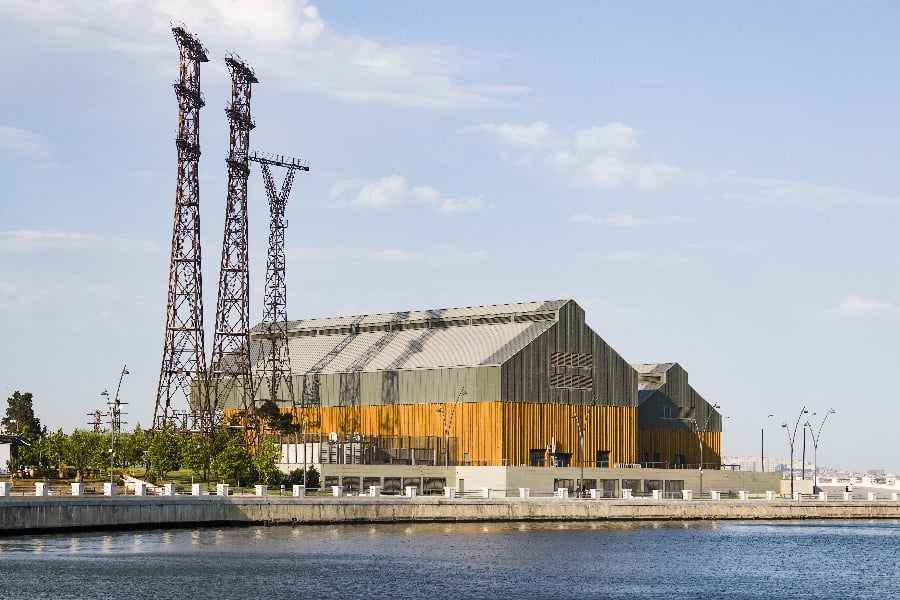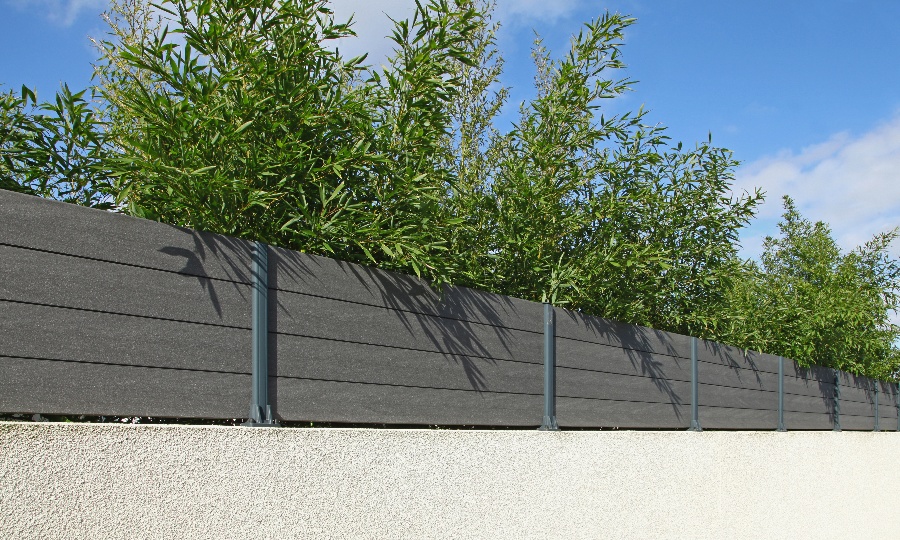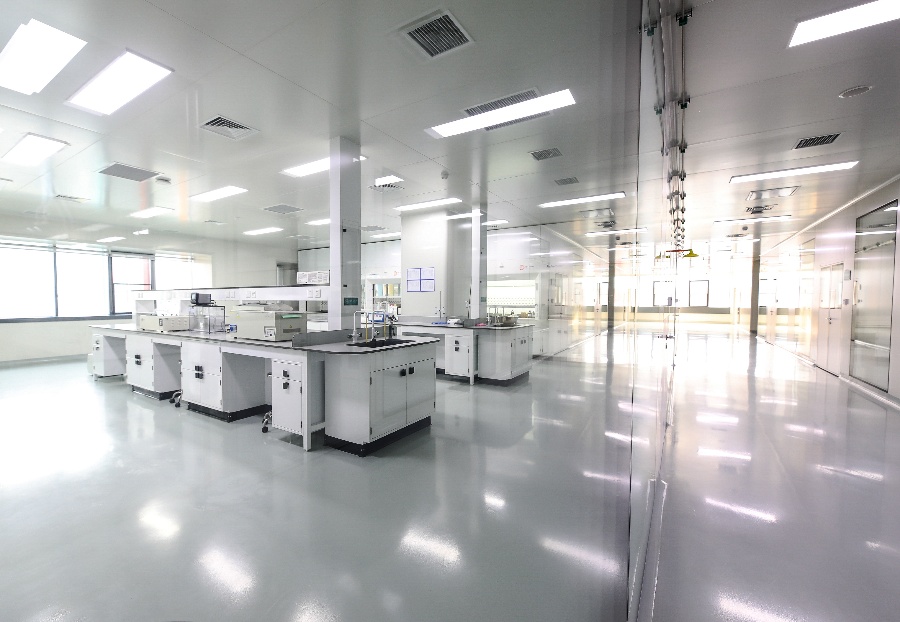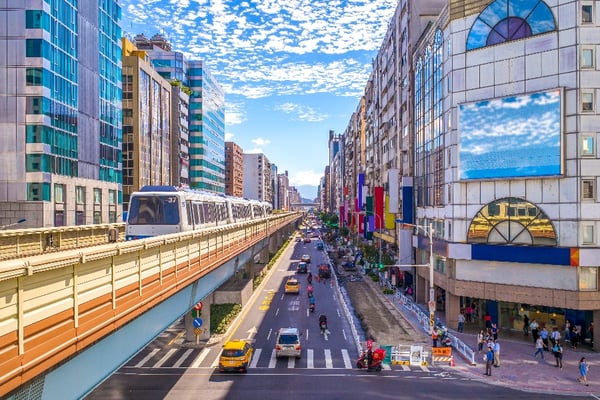
Fiber-reinforced polymer (FRP) composites are increasingly being applied to the transportation and mass transit industry with great results. In particular, Tencom’s pultrusion process of manufacturing FRP components offers a unique and desirable final product, especially within this industry.
Unlike most FRP molders, Tencom uses a pultrusion process that uses many more resins and reinforcements to manufacture FRP components for transportation, giving our pultruded products an edge on competitors.
The Pultrusion Process
Pultrusion is an FRP manufacturing process that produces structural shapes in an automated, energy-efficient process by pulling fiberglass rovings through the resin to completely saturate the reinforcements.
When this resin hardens the final product is strong, lightweight and follows the shape of the chosen die, allowing for unique profile shapes and larger products than can be achieved with other methods of FRP manufacturing. To learn more about the pultrusion process at Tencom, read our guide.
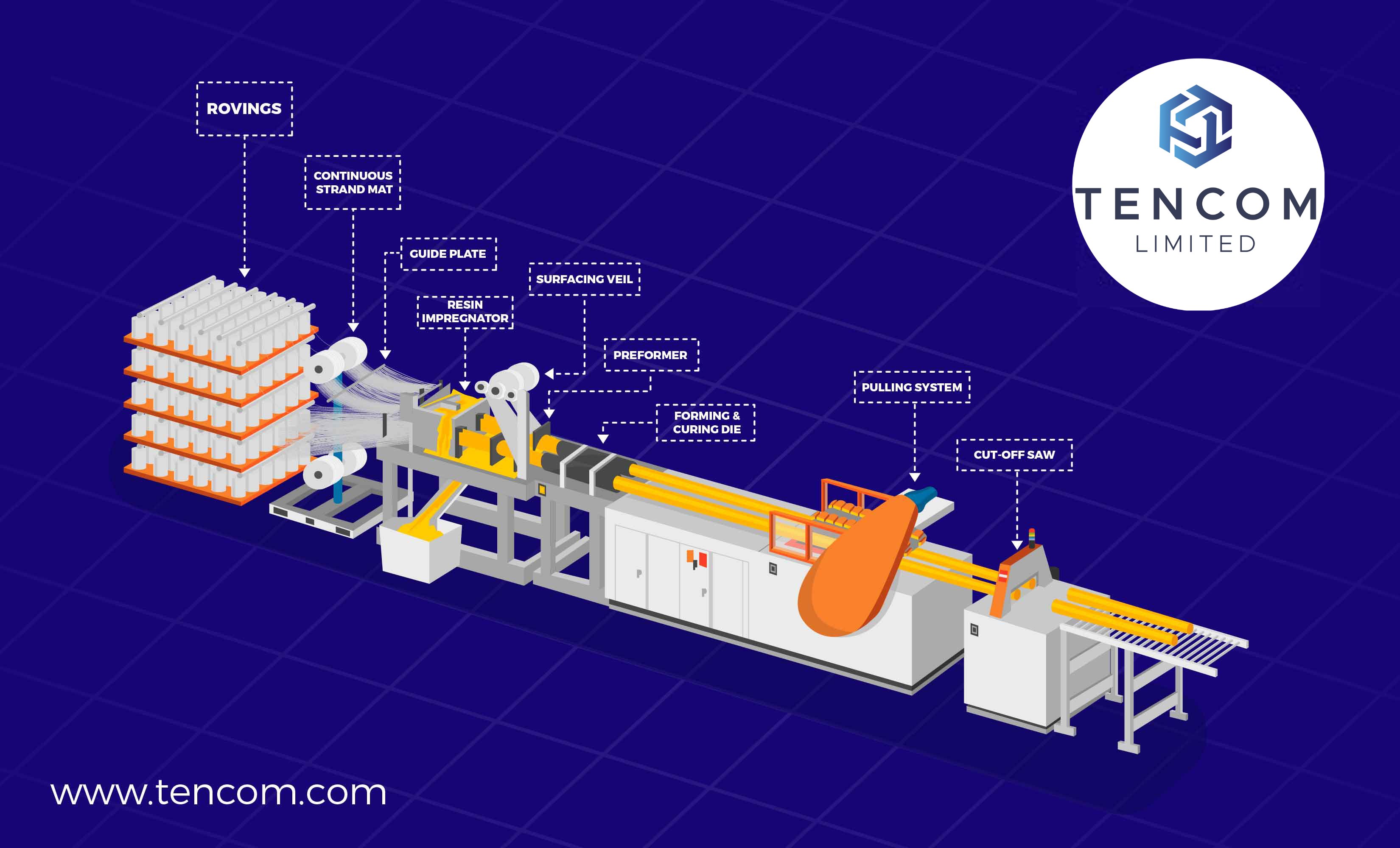
Because of the pultrusion method used, the resins and reinforcements available to the FRP process are much more expansive than with other methods.
Using the pultrusion method, Tencom works with resins including standard, polyester, vinyl ester, epoxy, phenolic and polyurethane among others and reinforcements including e-glass, s-glass, carbon and Aramid (Kevlar).
This range of options allows different combinations of tensile, shear, compressive and elastic strength depending on the specific requirements of the manufactured components, allowing for a wealth of options and customization that greatly benefit the engineers working with the mass transit space.
How do FRPs Smooth Mass Transit Flow?
Lightweight
One of the key benefits of using FRP composites when manufacturing products within transportation is how lightweight they are when compared to traditional materials.
FRP composites can weigh up to 75% less than steel and a fiberglass deck is 80% lighter and stronger than concrete. This lighter tare weight allows for more efficient use of fuel than with traditional materials, making significant savings to fuel consumption and overall running costs.
High Performance
A common concern that comes with a lighter product is about the loss of strength and safety. Luckily, one of the key benefits to using pultruded FRPs in transportation is that while they are much lighter than traditional materials, they do not compromise on performance.
Pultruded products are stronger and have greater tensile strength and rigidity than what you’d find in regular molded products.
Pultruded fiberglass, in particular, is comparable in strength to steel and far less prone to deformation under impact than commonly used metallic materials.
Because of their strength they provide a level of safety not always found in products manufactured using traditional materials.
Fire Safety
Of course, safety within the transportation industry goes beyond impact resistance and strength of the product. One of the more innovative perks to using pultruded FRPs is their fire retardant and heat resistant capabilities.
Incorporating fire retardant and heat resistant resin systems to the manufacturing process results in FRP composites that far outperform most commonly used materials in an emergency situation. The key factors in effective fire resistance are the provision of sufficient time and protection for occupants to safely escape.
Testing has shown that composites imbued with fire retardant capabilities could prevent the spread of flames, the release of heat, reduce the transmission of high temperatures to safe levels and reduce the formation of toxic smoke in addition to maintaining load-carrying capacity for as long as 60 minutes.
Considering that the most commonly used products in mass transit are conductors of heat and electricity – steel and aluminium – FRPs come out on top when considering the safety of the cargo and personnel of mass transit.
Durability
FRP composites are extremely strong and impact resistant. Paired with this is a level of durability and weather resistance not seen with traditional materials.
Pultruded FRP products are resistant to corrosion and do not degrade or fade when exposed to sunlight, moisture, temperature extremes, excessive UV exposure and much more.
This durability and weather resistance makes FRPs ideal for outdoor applications such as truck beds, shipping containers, train cars and buses. Products that experience exposure to the elements benefit from being made of FRP composites, making FRPs the ideal material for the transportation industry.
With durability comes lower maintenance costs and replacement rates. As FRP composites last far longer than their traditional counterparts, the costs associated with the general upkeep and servicing of the products is drastically reduced.
Additionally, as FRP products have been seen to maintain their integrity for up to 60 years in some cases, the rate of replacement for these products is also significantly lower than to be expected with traditional materials such as steel and aluminium.
The Right Choice for You
The material you choose to use within mass transit can greatly impact the overall performance and life cycle of the product.
FRP composites, especially those created using a pultrusion system like Tencom’s have proven to be safer, more durable, lighter, and more cost-efficient than traditional materials like steel and aluminum.
Because of this, their unique and desirable qualities make them the obvious choice to smooth mass transit flows and boost the performance of products in the transportation space.

